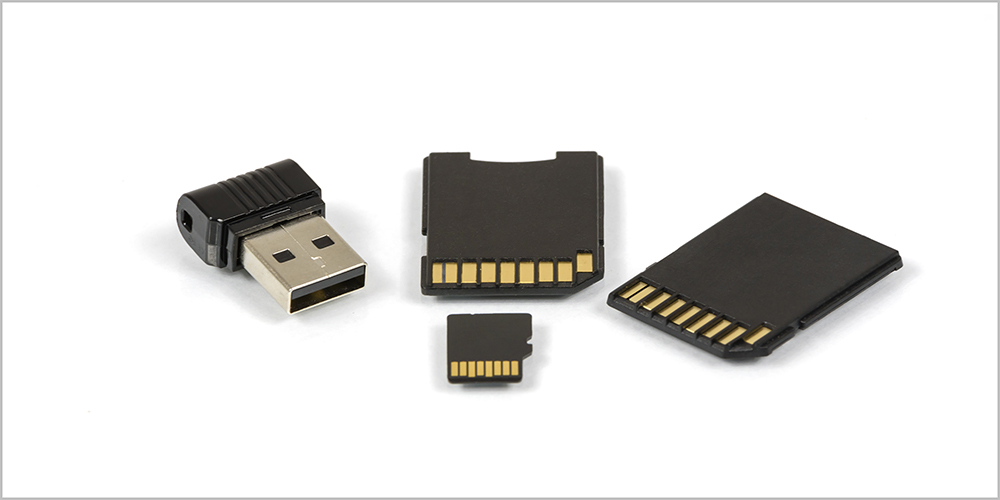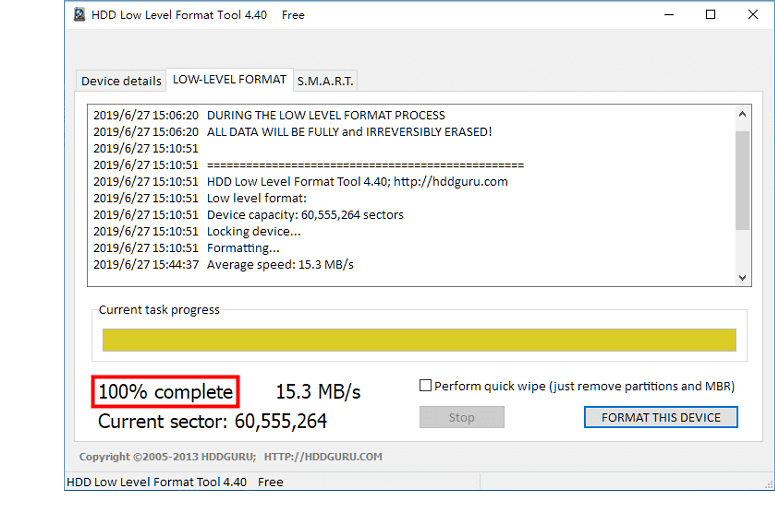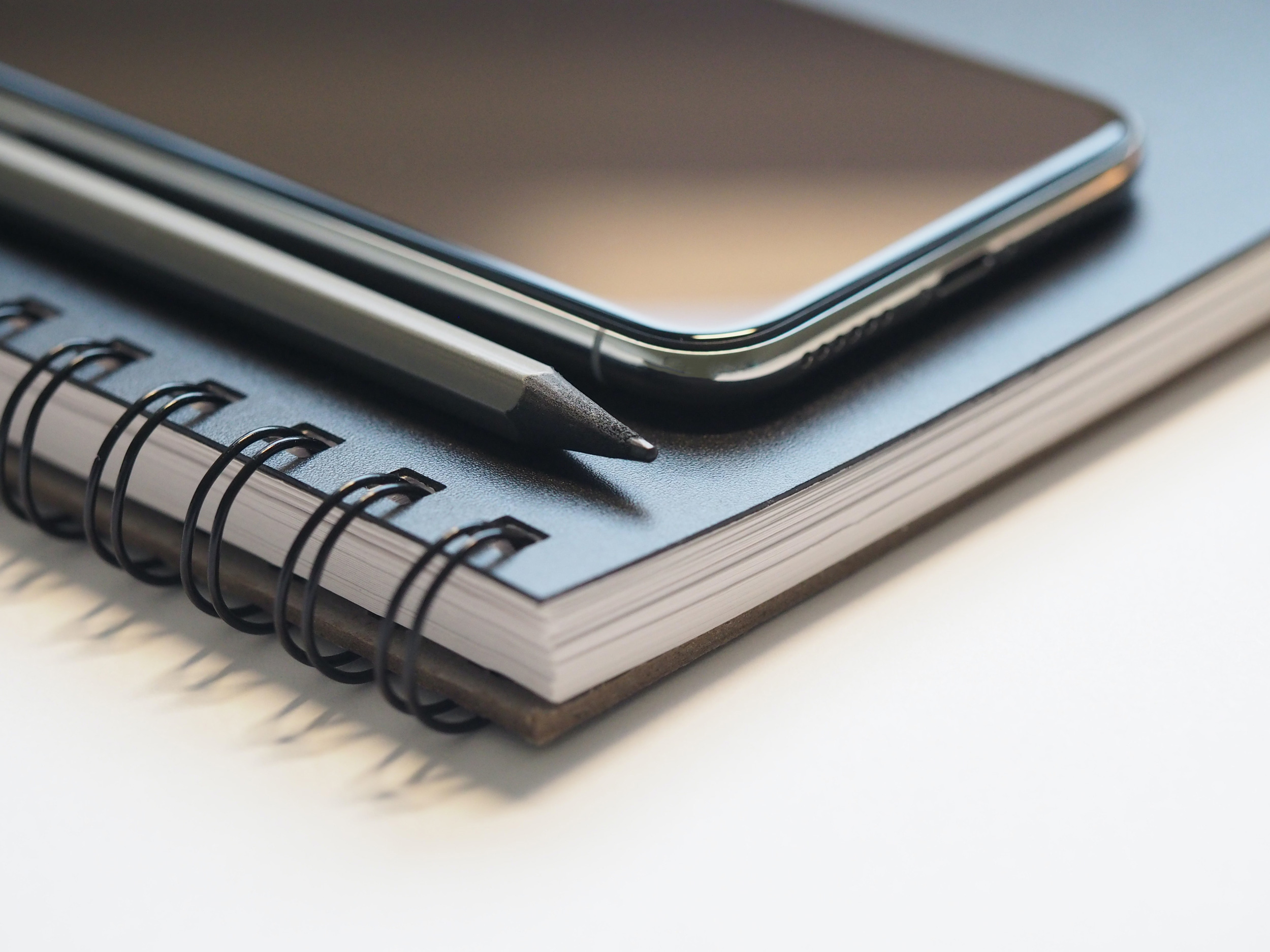
“Format your memory card” – that’s one, if not the top, tip photographers and videographers are advised to do when it comes to proper memory card use and maintenance. Although, if you were to ask someone why it’s important, they themselves may not fully understand why – in fact, not many do. Many think that it’s the same as deleting files, but it’s actually not that simple. To get a clear understanding of what formatting is and why it should be done regularly to your memory cards, we’ve broken it down into several topics.
GUIDE TO UNDERSTANDING FORMATTING:
- How a Memory Card Works
- The Difference Between Formatting and Erase All
- Formatting In-Camera Only
- Deep / Full Formatting
HOW A MEMORY CARD WORKS:
Before we get into what formatting is, we first need to understand how a memory card works and stores data. Data is segmented and stored in what are known as blocks, which are of a specific size (kilobytes) depending on the device the card is being used in. Some block sizes are small, which are best for maximizing space and if you have a lot of small-sized files. In comparison, larger block sizes perform better for large-sized files, though space can be wasted if you’re mainly storing smaller files.
Memory cards, as well as hard drives and solid-state drives, contain a file system that is made up of two key parts: 1) the main data storage area and 2) the File Allocation Table (FAT). The File Allocation Table tells the operating system (OS) of the device that is using the card which data belongs to which file. Without it, there would be just one large collection of data with no way to identify where one piece of data stops and another starts.
THE DIFFERENCE BETWEEN FORMATTING & ERASE ALL:
After copying files off of your memory card, do you format your card or just erase individual (or all) images? Many photographers and videographers, including professionals, simply settle for erasing files individually or in batches through either their camera or computer, and then continue using their card without formatting – this is a bad idea. On the surface, it may seem that either serve the same purpose of deleting files and creating space, but formatting is actually a safer, more thorough process.
 Erasing images doesn’t completely clear the memory card of old files, but rather the card just tells the camera that it’s okay to write over any existing images or video. This scrambles the FAT Table as a result and can lead to data corruption issues down the line, possibly even in the middle of an important shoot. Formatting the card removes any pre-existing data and creates a new file system, providing a fresh, data-free card. It is important to note though that formatting is typically irreversible, so always be sure to backup all photos and videos before doing so.
Erasing images doesn’t completely clear the memory card of old files, but rather the card just tells the camera that it’s okay to write over any existing images or video. This scrambles the FAT Table as a result and can lead to data corruption issues down the line, possibly even in the middle of an important shoot. Formatting the card removes any pre-existing data and creates a new file system, providing a fresh, data-free card. It is important to note though that formatting is typically irreversible, so always be sure to backup all photos and videos before doing so.But what if you’re running out of space and need to keep shooting? As memory cards have gotten cheaper over the years, the best method is to always have multiple cards on-hand; once one card fills up, swap it with an empty one. As mentioned before, it’s recommended not to delete files directly off your camera, so as to avoid any potential issues. Once your files have been backed up, format the card for later use.
FORMATTING IN-CAMERA ONLY:
Now that you understand the importance of formatting, another thing to know is the proper way of formatting, specifically only in a camera and not a computer. A memory card can be formatted in a computer, but if it’s trying to be used in a camera, there’s a chance the camera may not be able to read the card’s file structure properly. As each host device’s operating system formats differently from one another, it’s important to only use memory cards that have been formatted in the camera you are planning to use.
 When formatted in one camera, the camera may set a specific block size for the memory card in order to optimize it for that camera. But when it’s trying to be used in a different camera model, the card may perform slower than expected. Using a memory card that has been formatted in the intended camera not only ensures compatibility, but also lessens the risk of possible file corruption. Formatting in-camera is a very simple process and only takes several seconds to do (Note: The location of the “format” option differs among camera manufacturers and models. Please refer to your camera’s instruction manual for specific directions on how to format a memory card in your camera)
When formatted in one camera, the camera may set a specific block size for the memory card in order to optimize it for that camera. But when it’s trying to be used in a different camera model, the card may perform slower than expected. Using a memory card that has been formatted in the intended camera not only ensures compatibility, but also lessens the risk of possible file corruption. Formatting in-camera is a very simple process and only takes several seconds to do (Note: The location of the “format” option differs among camera manufacturers and models. Please refer to your camera’s instruction manual for specific directions on how to format a memory card in your camera)DEEP / FULL FORMATTING:
We’ve learned about formatting and how it should be done in-camera, but sometimes a further step needs to be taken to give a memory card a “deeper” clean. The formatting process mentioned above is known as “high-level formatting”, or “quick formatting”, but many people don’t realize that there’s a more thorough method called “low-level formatting”. Low-level formatting, also referred to as either full or deep formatting, completely erases a card or drive by zeroing out all of the data (data is written in 1’s and 0’s); old files become irretrievable, even with specialized software programs. The process does take longer than a high-level format though (estimated 5 hours for a 1TB drive) as every sector has to be initialized individually, so it’s recommended to do it at least the day before the planned shoot.
 Full formatting can be done on your computer (PC ONLY, not available for Macs) in two ways: 1) the command prompt or 2) third-party software (e.g. HDD Low Level Format Tool). After performing a deep format, it’s important to next do a quick format on the memory card or drive. All data has been removed, so a quick format will create a file system to make it usable.
Full formatting can be done on your computer (PC ONLY, not available for Macs) in two ways: 1) the command prompt or 2) third-party software (e.g. HDD Low Level Format Tool). After performing a deep format, it’s important to next do a quick format on the memory card or drive. All data has been removed, so a quick format will create a file system to make it usable.In what situation would you need to do a low-level format? Unfortunately, some memory card types have been known to encounter issues in the middle of shooting because of lingering traces of data, even though a quick format was done. In the case of CFast 2.0 memory cards, the buildup of remaining data from old files slows down the card’s sustained write speed, forcing the camera to stop its current activity. This tends to occur more when recording continuously in demanding video modes, such as 4K at high frame rates and bitrates. To ensure maximum video recording performance, full format regularly and after extensive use.
QUICK RECAP:
| New Memory Cards Should be Formatted In-Camera Prior to First Use |
| Memory Cards Should be Formatted in the Host Being Used |
| Memory Cards Should be Full Formatted Periodically |
| Formatting is Permanent (Ensure Files are Backed Up) |

